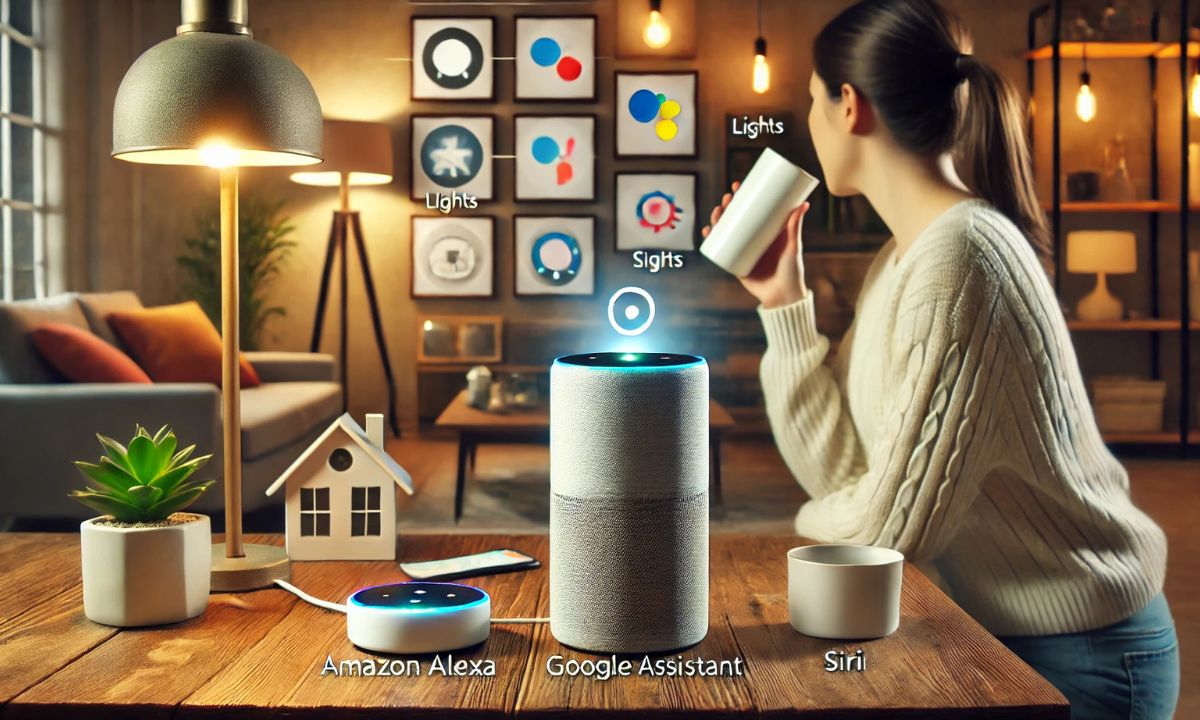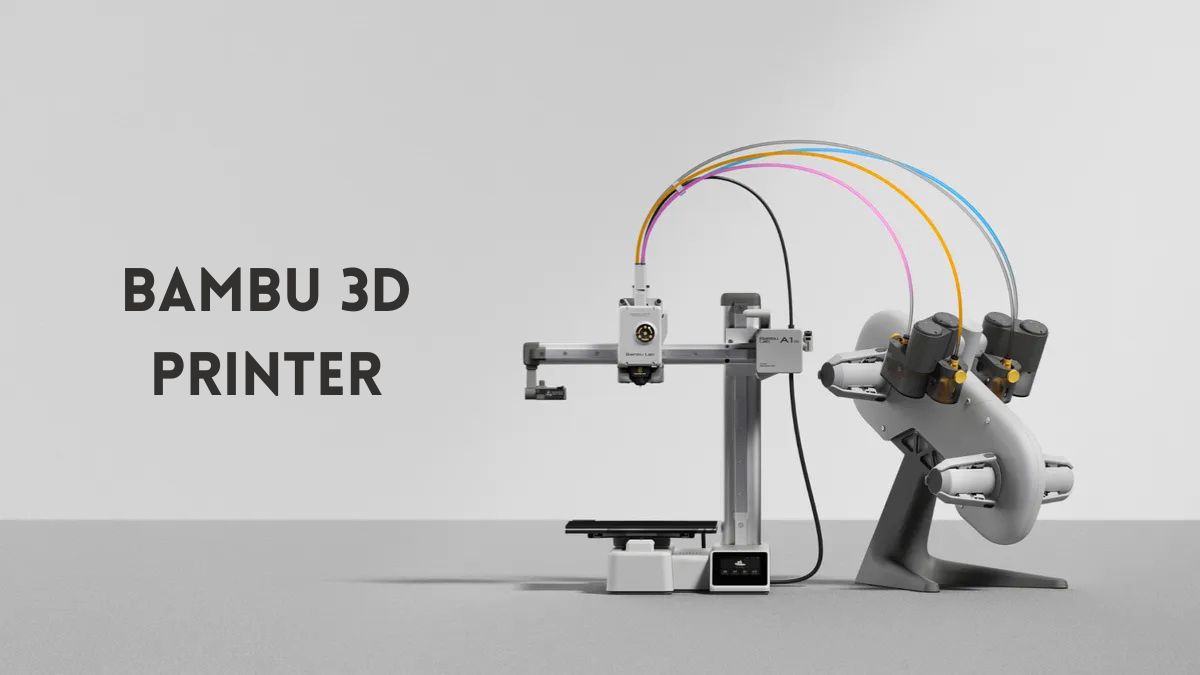Voice technology is rapidly transforming the way we interact with devices, businesses, and each other. From voice assistants like Siri and Alexa to advanced AI-driven communication systems, voice technology is reshaping industries and offering new opportunities for seamless interactions. In this ultimate guide, we’ll explore the significance of voice technology, its applications, and how SkylightVoice.com is leading the charge in this innovative field.
What is Voice Technology?
Voice technology refers to any technology that enables the recognition, processing, and synthesis of human speech. It allows devices to understand and respond to spoken commands or queries. Voice technology evolved from basic command recognition to complex AI-driven interactions with users.
Voice technology uses speech recognition, NLP, and machine learning to process speech and turn it into actionable data. AI and machine learning advancements have made voice technology more accurate, intuitive, and capable across various industries.
Applications of Voice Communication
Voice technology is not just for smart speakers or virtual assistants; it has diverse applications in several sectors, improving efficiency and user experience. Let’s take a look at some key areas where voice communication is making a significant impact.
In Business
Voice technology is revolutionizing customer service, enabling businesses to engage with customers via voice-based platforms. Virtual assistants and automated call centers powered by AI can handle customer queries, schedule appointments, and provide information without human intervention, improving customer satisfaction and reducing operational costs.
In Healthcare
In healthcare, voice technology is enhancing patient care and streamlining administrative tasks. Voice-enabled devices assist doctors in documenting patient information, making it easier for them to record medical notes and communicate with their teams. Additionally, voice recognition systems are improving the accuracy and speed of transcription in medical settings.
In Smart Homes
Voice assistants like Amazon Alexa, Google Assistant, and Apple’s Siri have become integral parts of smart homes. These devices allow users to control lights, thermostats, security systems, and even appliances with simple voice commands, offering convenience and improving the overall home experience.
In Customer Service
AI-driven voice technology is transforming customer support by offering personalized, 24/7 assistance. Through speech recognition and NLP, voice assistants can provide instant responses to common customer inquiries, escalating more complex issues to human agents when necessary. This not only reduces wait times but also enhances customer satisfaction.
Benefits of Voice Technology
Voice technology offers numerous benefits, making it an attractive solution for both consumers and businesses alike. Let’s explore some of the key advantages:
Convenience
Voice technology simplifies tasks by allowing users to perform actions hands-free. Whether it’s setting reminders, sending messages, or controlling devices, voice commands eliminate the need for manual input, saving time and effort.
Accessibility
Voice technology has opened doors for individuals with disabilities, providing an accessible way to interact with technology. Voice-driven communication enables people with visual impairments, motor disabilities, or other challenges to control devices and access information more easily.
Efficiency
By automating repetitive tasks and enabling faster interactions, voice technology improves productivity. Voice assistants can schedule meetings, set timers, and even read emails, allowing users to focus on more critical tasks. For businesses, voice automation reduces labor costs and streamlines operations.
Voice Assistants and AI Integration
One of the most popular applications of voice technology is the voice assistant. Devices like Amazon Alexa, Google Assistant, and Apple Siri use advanced AI algorithms to understand user commands, process them, and deliver relevant responses.
These voice assistants are powered by machine learning and natural language processing (NLP), enabling them to recognize context, learn from previous interactions, and improve their responses over time. Integration with smart home devices, entertainment systems, and other technologies makes voice assistants even more powerful, allowing users to control a wide array of devices with their voice.
For example, you can ask Alexa to turn off the lights, play your favorite playlist on Spotify, or check the weather forecast, all with simple voice commands. As voice recognition technology improves, we expect even more sophisticated voice assistants capable of performing complex tasks.
Future Trends in Voice Technology
Voice technology is evolving rapidly, and there are several exciting trends to watch out for in the next 5-10 years.
AI-Powered Conversations
Voice assistants are expected to become more conversational and capable of understanding context and nuance. AI will enable these systems to engage in more natural, fluid conversations with users, making interactions feel more human-like.
Enhanced Multilingual Support
As voice technology becomes more widespread globally, multilingual support will become increasingly important. Future systems will be able to understand and respond in multiple languages, catering to diverse user needs.
Emotion Recognition
In the future, voice technology may be able to detect emotions based on speech patterns, tone, and cadence. This could lead to more empathetic AI systems capable of adjusting their responses based on the user’s emotional state, particularly in customer service and healthcare.
Integration with IoT
The integration of voice technology with the Internet of Things (IoT) will enable even greater automation. Imagine being able to control everything from your refrigerator to your washing machine through simple voice commands.
SkylightVoice.com’s Role in the Industry
At SkylightVoice.com, we are committed to advancing the field of voice technology and communication. Our platform offers comprehensive insights into the latest developments in voice-driven communication, helping users and businesses stay ahead of the curve. Through our articles, tutorials, and expert analysis, we provide valuable resources for those looking to integrate voice technology into their operations or daily lives.
Whether you are looking to implement voice assistants in your business, create voice-enabled apps, or stay informed on the latest trends, SkylightVoice.com is your go-to resource for all things voice technology.
Real-World Examples of Voice Technology
Let’s explore some real-world applications of voice technology that showcase its potential:
- Voice Search: Companies like Google and Bing have integrated voice search, allowing users to conduct searches hands-free using voice commands. This has drastically changed how people access information online.
- Voice Transcription Services: Companies like Otter.ai and Rev offer voice transcription services that use speech recognition technology to convert spoken words into text. This has streamlined the process of transcribing meetings, interviews, and lectures.
- Conversational AI: Brands like Starbucks use conversational AI to take orders via voice recognition, enhancing the customer experience and speeding up the ordering process.
Conclusion
Voice technology is no longer a futuristic concept but a part of our everyday lives. From enhancing business operations to improving accessibility, voice communication is reshaping how we interact with the world around us. As we continue to explore new possibilities, platforms like SkylightVoice.com will remain at the forefront of this technological revolution, providing valuable insights and helping users stay informed.
Embrace the power of voice technology today, and explore how SkylightVoice.com can guide you through this transformative journey.
ALSO READ: Top Features of the Bambu 3D Printer You Need to Know About
Frequently Asked Questions (FAQs)
1. What is voice technology?
Voice technology refers to systems that recognize, process, and respond to human speech, enabling hands-free interactions with devices.
2. How does voice technology work?
It integrates speech recognition, natural language processing (NLP), and machine learning to understand speech and convert it into actionable data.
3. What are the benefits of voice technology?
Voice technology offers convenience, accessibility, efficiency, and hands-free control, improving user experience in both personal and professional settings.
4. What industries use voice technology?
Voice technology is widely used in business, healthcare, smart homes, customer service, and more, enhancing automation and user interaction.
5. What is SkylightVoice.com role in voice technology?
SkylightVoice.com provides insights, trends, and resources on voice technology, helping users and businesses stay informed and ahead in the industry.





